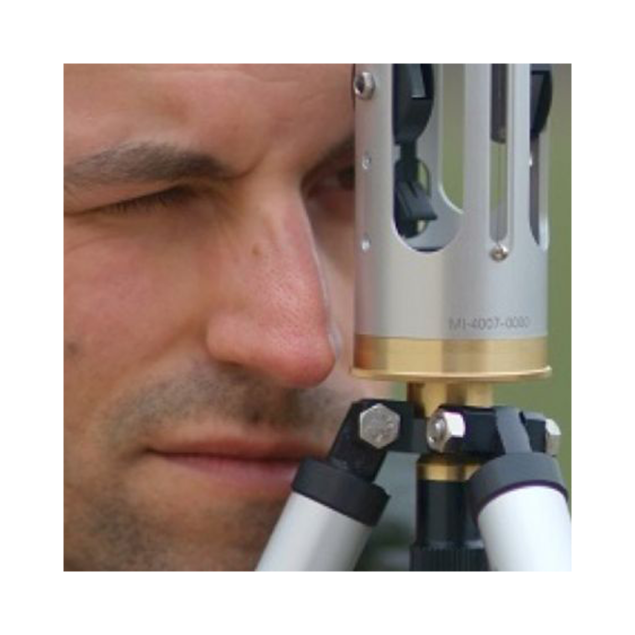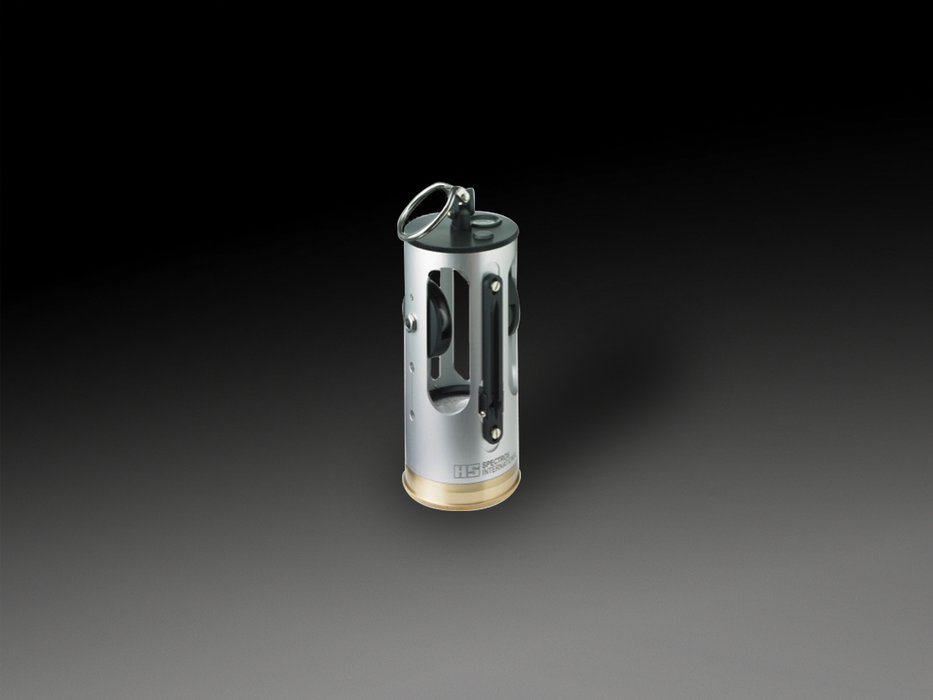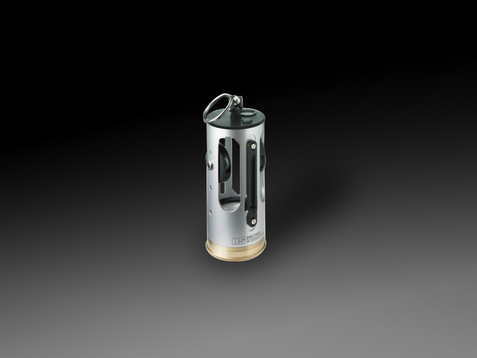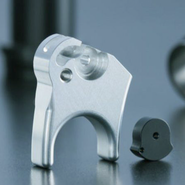The Wyssen-Compasses were specially developed for work in rough terrain and, thanks to the very steep visor, are mainly used in the mountains as well as for the construction of cable cars, etc..
The device allows measurements of horizontal and vertical angles as well as azimuths and is very suitable for levelling. The following devices are combined in this instrument:
- A liquid-damped precision compass (as described under MK-2001).
- Two fixed collimators (as described under MC-1004).
- A circular bubble for accurate levelling of the instrument
- A sighting slit above the prismatic magnifier and an opposite sighting line for very steep sighting while simultaneously reading the compass
- Rotatable base with 9.5 mm / 0.375 inches thread for a tripod









